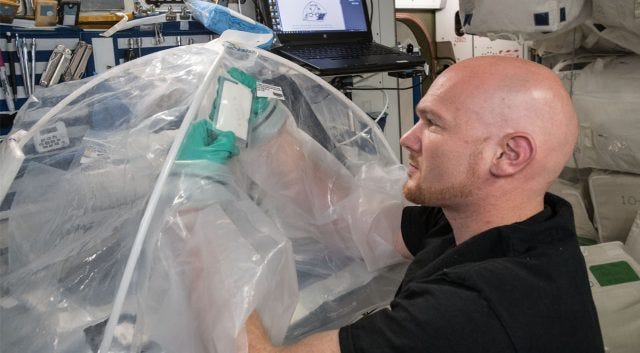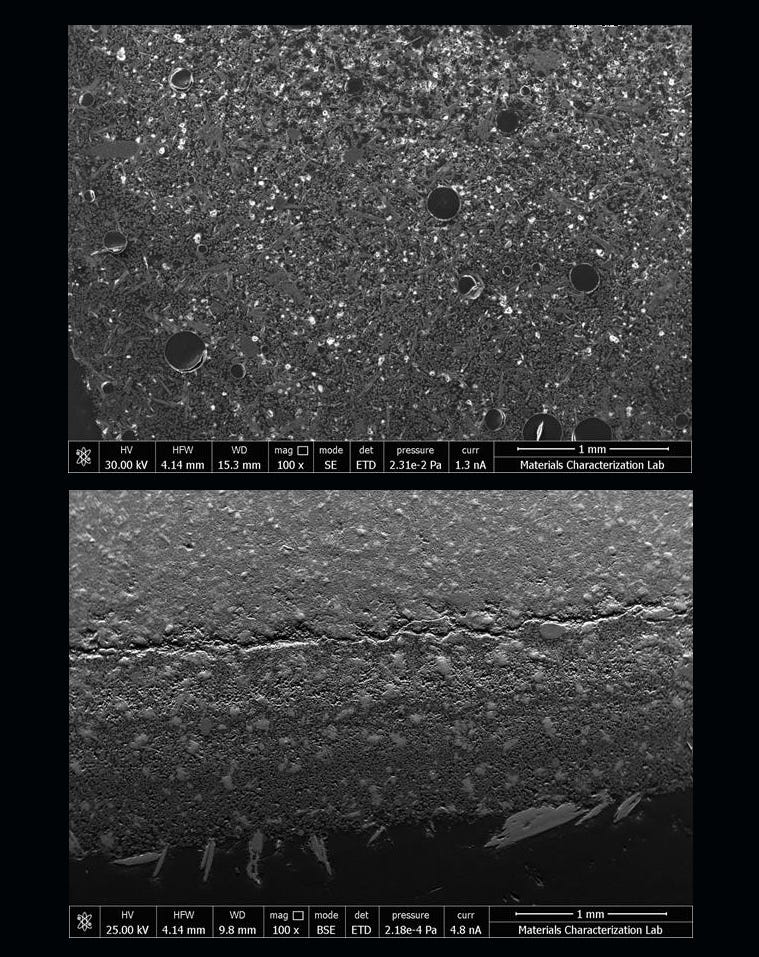Exploring Mars: NASA's Innovative Concrete Experiments for Habitats
Written on
Chapter 1: The Vision for Mars Habitats
NASA is preparing for a future where humans may inhabit Mars for prolonged periods. With promises from Elon Musk to send people to the Red Planet within the next decade, the need for suitable living quarters is increasingly pressing. Concrete has emerged as a promising material that could allow astronauts to construct necessary facilities quickly and efficiently, even in the absence of Earth’s gravitational pull. To explore this possibility, NASA has initiated experiments aboard the International Space Station (ISS) to investigate how concrete mixtures behave in space.
Scientists theorize that concrete could serve as an excellent building material on extraterrestrial surfaces due to its durability and ability to shield against radiation. Furthermore, using local resources from the Moon and Mars for concrete production (referred to as in-situ resource utilization) could significantly reduce mission costs and logistical challenges, as less material would need to be transported from Earth.
Despite its potential, there is still much to learn about concrete's molecular behavior in space. On Earth, concrete typically consists of sand, gravel, and cement, which combine with water to form solid structures through crystallization. While we have established methods for mixing and using concrete here, the effects of microgravity on this process remain unclear. Questions arise: Should we alter the mixing ratios? Are additional materials necessary? These are the key inquiries guiding the ISS experiments.
Section 1.1: The ISS Experiment

The experiment, named Microgravity Investigation of Cement Solidification (MICS), marks the inaugural attempt to mix concrete outside of Earth’s gravitational influence. Astronauts on the ISS experimented with various ratios of tricalcium silicate and water to create a concrete paste. To control the hydration process, they also incorporated alcohol at specific intervals. Additionally, a separate setup utilized a centrifuge to simulate lunar and Martian gravity during the mixing process.
This video, "Growing Mars Habitats with Bioreactors [NIAC 2023] - YouTube," delves into innovative strategies for building habitats on Mars, emphasizing the role of bioreactors in sustainable construction.
Section 1.2: Findings and Implications
The results of the ISS experiments indicate that concrete can indeed harden in microgravity, which is promising for off-Earth construction. However, a notable difference was observed: the concrete samples from the ISS exhibited a higher porosity compared to those mixed on Earth, potentially compromising their strength. Nevertheless, the lower gravitational forces on Mars or the Moon might alleviate some of the stress on these structures.
Researchers are optimistic that developing alternative binding agents could enhance the strength of concrete specifically for Martian or lunar environments, which might also lead to advancements in concrete technology back on Earth.
Chapter 2: Future Prospects
In the video titled "How We Will Build Houses On Mars! - YouTube," experts outline the future of Martian construction, discussing innovative techniques and materials that could support human life on the Red Planet.

As we continue to explore the possibilities of building on other worlds, the findings from NASA’s concrete experiments pave the way for future missions, potentially transforming how we approach extraterrestrial habitation.